With the introduction of Oppo Reno 6 Pro; Oppo learned that the design and cameras are not the keys for attracting the power consumers to their Reno series and they started clustering its processor game which we’d witnessed with the previous iterations of it. However, it’s really tough to build on an incremental upgrade in the time span of 6 months. After half a year; it’s time for Oppo to hit the Indian Market with its new entrant i.e, Oppo Reno 7 Pro 5G.
It brings a revamped design, a beautiful breathing light under the camera bump, a customized primary Sony IMX 766 camera sensor, and MediaTek Dimensity 1200 MAX making its debut in India. The question which flashes across someone’s consciousness is whether the Oppo Reno 7 Pro 5G is a true all-out upgrade and enough to represent the Reno series ahead? After using it as our primary device for more than 10 days, Here’s our review of the Oppo Reno 7 Pro 5G. Before diving into the review, let’s have a look at the specifications:-
Oppo Reno 7 Pro 5G Full Specifications
| Brand | Oppo |
| Model | Reno 7 Pro 5G |
| Release date | 25th November 2021 |
| Launched in India | No |
| Form factor | Touchscreen |
| Dimensions (mm) | 158.20 x 73.20 x 7.45 |
| Weight (g) | 180.00 |
| Battery capacity (mAh) | 4500 |
| Removable battery | No |
| Fast charging | Proprietary |
| Refresh Rate | 90 Hz |
| Screen size (inches) | 6.40 |
| Touchscreen | Yes |
| Resolution | 1080×2400 pixels |
| Protection type | Gorilla Glass |
| Aspect ratio | 20:9 |
| Processor | octa-core |
| Processor make | MediaTek Dimensity 1200 Max |
| RAM | 8GB |
| Internal storage | 256GB |
| Rear camera | 50-megapixel (f/1.8, 1.0-micron) + 8-megapixel (f/2.2) + 2-megapixel (f/2.4) |
| No. of Rear Cameras | 3 |
| Rear autofocus | Yes |
| Rear flash | Yes |
| Front camera | 32-megapixel (f/2.4, 0.8-micron) |
| No. of Front Cameras | 1 |
| Operating system | Android 11 |
| Skin | ColorOS 12 |
| Wi-Fi | Yes |
| Wi-Fi standards supported | 802.11 a/b/g/n/ac/ax |
| GPS | Yes |
| Bluetooth | Yes, v 5.20 |
| NFC | Yes |
| USB Type-C | Yes |
| Number of SIMs | 2 |
| SIM 1 | |
| SIM Type | Nano-SIM |
| GSM/CDMA | GSM |
| 3G | Yes |
| 4G/ LTE | Yes |
| 5G | Yes |
| Supports 4G in India (Band 40) | Yes |
| SIM 2 | |
| SIM Type | Nano-SIM |
| GSM/CDMA | GSM |
| 3G | Yes |
| 4G/ LTE | Yes |
| 5G | Yes |
| Supports 4G in India (Band 40) | Yes |
| Face unlock | Yes |
| In-Display Fingerprint Sensor | Yes |
| Compass/ Magnetometer | Yes |
| Proximity sensor | Yes |
| Accelerometer | Yes |
| Ambient light sensor | Yes |
| Gyroscope | Yes |
BOX CONTENTS
- Oppo Reno 7 Pro
- Oppo 65W SuperVOOC Charging Brick
- Type-C Data Cable
- Protective Case
- Sim Ejector Pin
- Quick-Start and Safety Guide
DESIGN AND DISPLAY
The Oppo Reno 7 Pro gets a major revamp in the design. Bye, Bye curved display and slim 7.6mm slim-profile is now swapped with a squared-off aluminum frame which takes its cue from the iPhone 12 series. With a 7.45mm thickness, it’s actually thinner than the Oppo Reno 6 Pro; these flat edges seem more substantial and look thick but actually, they aren’t. Combined with a weight of 180 grams, it aids in delivering a good grip but is not as slim as the earlier iterations felt during in-hand operations but it feels premium undoubtedly. I liked the fact that it’s surprisingly lighter than the iPhone 13 Pro even consisting of a large battery and display. On the back, Oppo Reno 7 Pro flaunts its Reno Glow design like its previous iterations.
The back panel is further protected by a Panda Glass that balances a soft diagonal line that shines when sunlight strikes the back. This brushed texture back imitates a gradient texture of star rain, Oppo claims that they draw out 1.2 million traces to resemble the same view of a meteor shower during the night sky. However, this brush matte finish helps in resisting fingerprint smudges. Due to this coating, the device feels a bit slippery which can be solved by applying the TPU case provided in the box. The Oppo Reno 7 Pro is available in two colourways: Startrails Blue and Starlight Black. For conducting this review, we’re rocking the Startrails Blue colour.
On the physical overview, the right side is occupied by two standard antenna gaps and a power button with a green accent for typical ‘Reno’ visuals. The volume rockers and a standard antenna gap are flanked on the left side. On the bottom, it flanks a USB C Port, secondary microphone, SIM tray slot, and a mono speaker along with an antenna gap. Towards the top, there is a microphone and two more antenna gaps.Sadly, there is no headphone jack but that is being covered by the implementation of stereo speakers which is loud. The camera hump protrudes outside the back which bundles up a triple camera setup. The most alluring addition to the camera bump is the notification LED light which Oppo calls ‘Orbit Light’ which is surrounded under the camera hump. The Oppo Reno 7 Pro replaces the curved display with a flat display.
Over to the display, Oppo Reno 7 Pro carries no further upgrades from its previous generation, it comes with the same 6.55 inches AMOLED panel with a refresh rate of up to 90Hz. It’s sad to address again:- the lack of 120hz support at this price tier whereas the competitors ship with 120Hz of refresh rate. This might be a deal-breaker for someone who’s a sucker for higher refresh rates. I’d also encountered that during outdoor usage, the brightness needs to be manually adjusted in a bright environment when the display is set on auto-brightness mode. With a peak brightness of up to 920 nits, this is not the brightest display in this segment but the brightness levels are adequate and we didn’t face any visibility concerns under direct sunlight.
There are two display profiles that are available:- Vivid and Natural. However, we’ll recommend shifting to Vivid mode and adjusting the screen colour temperature towards 2 points on the cool to enjoy the best colour reproduction. This display is further protected with Gorilla Glass 5 to keep the scratches at bay. With the 92.8% screen-to-body ratio, this turns the bezels to be more narrow which delivers a great visual experience. Also thanks to HDR10 certification, binge-watching in high definition whether on Netflix or Amazon Prime won’t be a problem for this device.
PERFORMANCE
Oppo is taking the power department seriously and that’s perceptible with its seventh generation as well. The Oppo Reno 7 Pro is powered by the Mediatek Dimensity 1200 Max. It is available in only one storage configuration and that is 12GB RAM and 256GB ROM coupled with futureproofing of 5G and UFS3.1 storage.
The Mediatek Dimensity 1200 Max is a beefed-up version of Mediatek Dimensity 1200 that is based on a 6nm processor. It packs in a combination of four Cortex-A55 cores clocked at 2GHz, three other Cortex-A78 cores clocked at 2.6GHz, and a powerful Cortex-A78 core which is clocked at 3GHz. This chipset delivers 22% faster CPU performance and 25% extra power efficiency than the Mediatek Dimensity 1200. With such power, the graphical duties are handled by the Mali-G77 MC9 which ensures that heavy-graphic intensive games run like a knife on butter for satisfying the soul of gamers out there. Bafflingly enough, let’s talk about some real-world performance tests. While playing games titles like Asphalt 9, BGMI, and Call of Duty Mobile; the frame rates and lags were almost non-existent during our gameplay.
During our intensive gameplay, the device felt a little warm from the topmost side but that’s not even noticeable if you’d applied a TPU case on it. It managed to run BGMI on HDR graphics on Ultra frame rate and when we switched to Call of Duty Mobile, we were able to max out the settings. Day-to-day usage remained slick while navigating to social media, listening to music, and playing games. Moving towards benchmark scores, It scores 637655 in Antutu Benchmark. In Geekbench 5, it scores 810 in Single-core score and 2604 Multi-Core Score. In the CPU throttling test, it throttled to 83% to its max performance which speaks volumes about the stability of this device.
CAMERA
The Oppo Reno series is usually praised for its camera and this camera setup seems promising on paper. The Oppo Reno 7 Pro comprises a triple camera setup:- 50MP Primary Camera, 8MP ultra-wide lens, and 2MP macro lens.
Photos that are captured from the customized 50MP Sony IMX766 generally shoot pretty decent pictures with a bright, impressive dynamic range in the scene. The colour scheme is more inclined towards natural tones with sharp details. Shifting to low-light pictures, this camera impressed us a lot. It tries to keep the scene bright with the use of ambient light from the surroundings to complement the overall scene. Usually in this process, the highlights look suppressed and it retains little digital grain on the sky.
Photo Samples: Ultra-Wide Lens
The 8MP ultra-wide lens holds a big difference in preserving details compared to the primary lens. There’s quite a difference when it comes to preserving details and maintaining dynamic range in a picture. However, it doesn’t lead to that the camera results are not usable. I liked the fact that night scenarios look pretty natural even with an ultra-wide lens. Instead of using a 2MP Macro Lens for your close-up shots, switch to the Primary camera and capture your picture and later crop it to get your desired object with usable quality. There’s nothing special with this lens.
To its front, it comes with a 32MP Sony customized IMX709 sensor which is the world’s 1st sensor per claimed by Oppo. Well, that claim isn’t false either. Pictures that are captured with the front camera hold better contrast levels and dynamic range reproduction. Sometimes, the AI applies a beauty filter while clicking portrait selfies even when there’s no filter enabled. If you’re a selfie enthusiast or a female by chance, there are a plethora of beauty effects present which includes filters and face retouching tools.
SOFTWARE & BATTERY
The Oppo Reno 7 Pro runs on ColorOS 12 out of the box which is based on Android 11 with tons of customizations which includes edge lighting, the ability to change fingerprint animations, split-screen, flexible windows, quick return bubble, quick launch, smart sidebar, and other oppo goodies on top of it. The ColorOS 12 animation feels slick and felt zero stutters while navigating into UI which vouches to its visual appearance. The only problem I feel is the number of bloatware apps it still consists of; there are some essential apps like Amazon Shopping, Facebook, and Snapchat which you won’t mind being there, and then comes apps like FinShell Pay, Josh, and Moj which aren’t useful at all. However, we didn’t encounter any notification spam throughout our usage.
With the 4,500mAh battery on Oppo Reno 7 Pro, it can easily last a day on 90Hz and a little more when set to 60Hz. During our usage, it delivers a Screen-on-Time of around 6 hours where the display is constantly on 90Hz, playing games like BGMI and Call of Duty on its maxed-out settings, using social media, and clicking pictures. As far as charging is concerned, it supports 65W fast charging where the smartphone can reach from 0%-100% in near about 34 minutes which is blazingly fast.
Oppo Reno 7 Pro – THE UNBIASED VERDICT
Oppo Reno 7 Pro is available in two colours:- Startrails Blue and Starlight Black and is priced at Rs.39,999 for a 12GB+256GB configuration which will land on sale on 8th February 2022.
Oppo Reno 7 Pro looks like a new approach to represent the Reno series and ticks all the box when it boils down to offering a premium squared eye-catchy design, a sturdy build quality, the power-packed performance powered by the Mediatek Dimensity 1200 MAX without any abdominal heating issue like the Qualcomm Snapdragon 888 packs in, an amusing camera experience even in low-light situations. It also adds on the stereo speaker this time which was not there with its earlier iteration. However, if you’re too finicky about higher refresh rates, the 90Hz refresh rate can be a disappointment at this price tier where the competitors are a bit more perplexing with a 120Hz display. The display used in this device is not so premium as the other rivalries offer at this segment.
If you’re someone who doesn’t care about the best of refresh rates and display; a slight downgrade won’t be a concern for you. The Oppo Reno 7 Pro holds good potential and can suffice your gaming and camera needs. At the price point of 40,000 INR, there are smartphones like the Vivo V23 Pro which turns its charm on with its colour-changing glass panel, a slim and lightweight form factor, an impressive selfie camera combined with a middle-of-the-road rear camera setup. If you’re okay with Mediatek Dimensity 1200 and a gorgeous display is what you’re looking onto. This device won’t gonna disappoint you. However, this device also lacks the support of 120hz and comes with a 90hz of refresh rate.
If you are looking for a smartphone that bundles a gorgeous 120Hz AMOLED Display with a compact form factor, a flagship Qualcomm Snapdragon 888 Processor, and 65 Watt Rapid Charging which juices your device in almost 30 minutes; The Realme GT is a good option when it comes to delivering sheer power with the Qualcomm Snapdragon 888. The OnePlus 9RT will also become the option with the same ColorOS 12 experience in the name of OxygenOS and the same 4,500mAh battery that ships in the Oppo Reno 7 Pro. Other alternatives at this price range are Mi 11x Pro 5G which offers a Qualcomm Snapdragon 888 processor and a 120Hz display, iQoo 7 Legend for its impressive camera setup, and Qualcomm Snapdragon 888 processor to power it.
Disclaimer: We tested the Oppo Reno 7 Pro (12GB+256GB) for 10 days before writing this review. All our reviews are unbiased and are published without the brand getting to read it before you guys. We don’t change our reviews on pressure from brands and that’s the reason we are not sent review units from companies like Samsung, OnePlus, Xiaomi, and a few more.
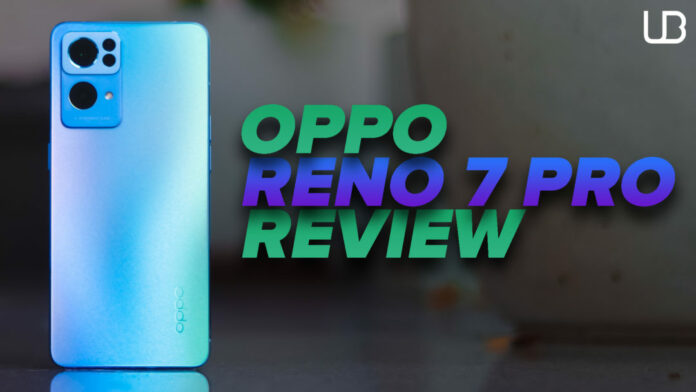
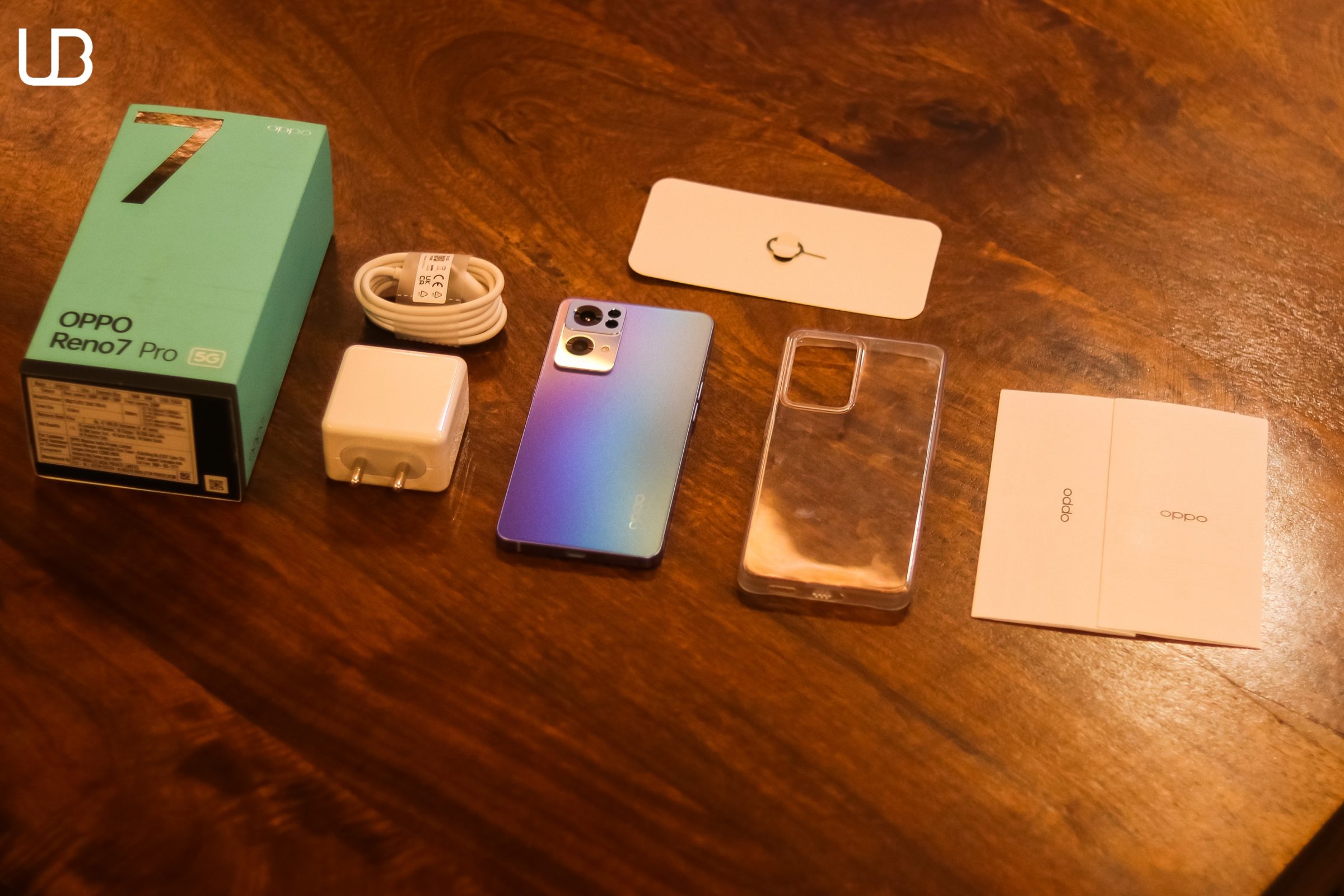
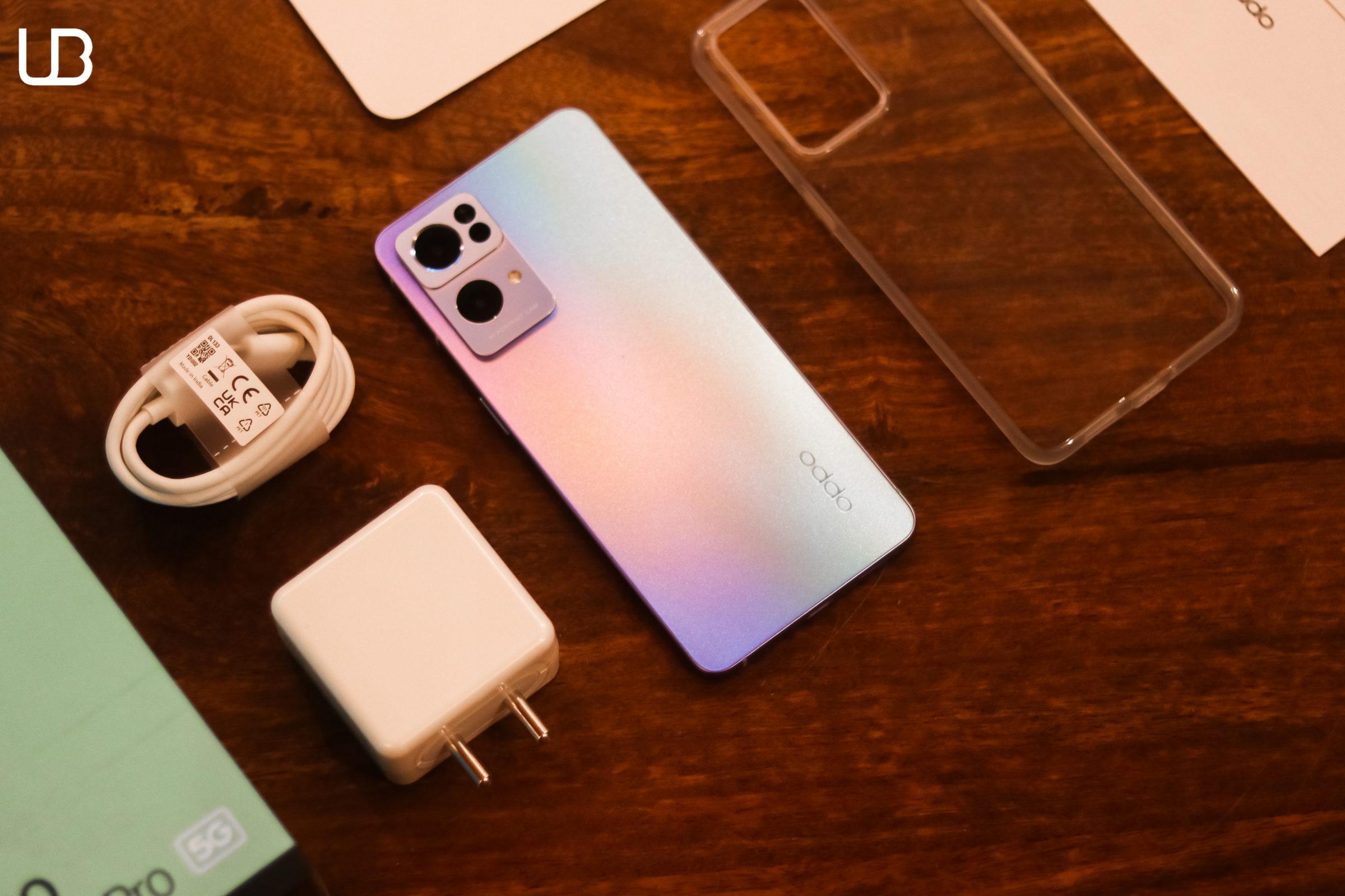
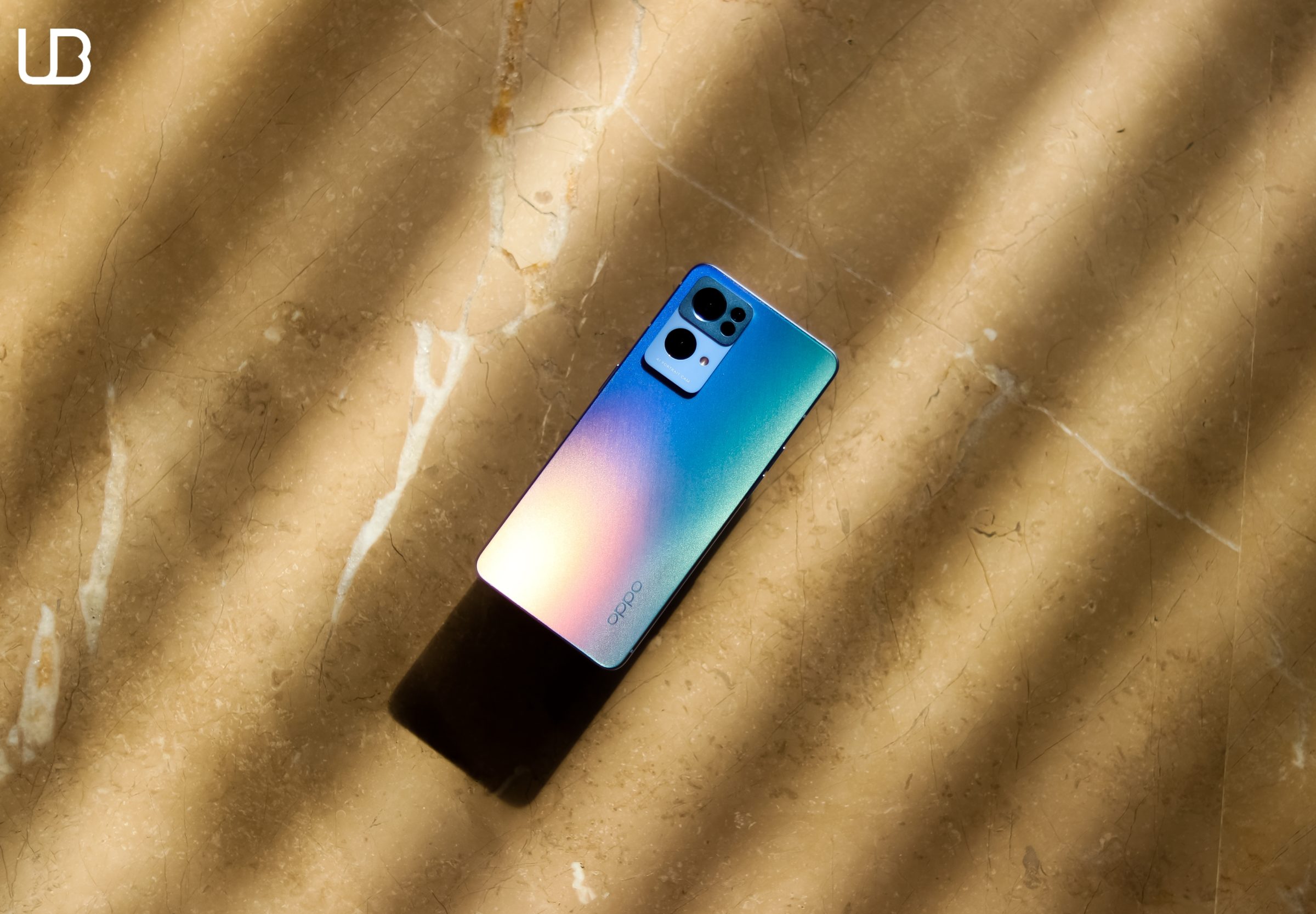
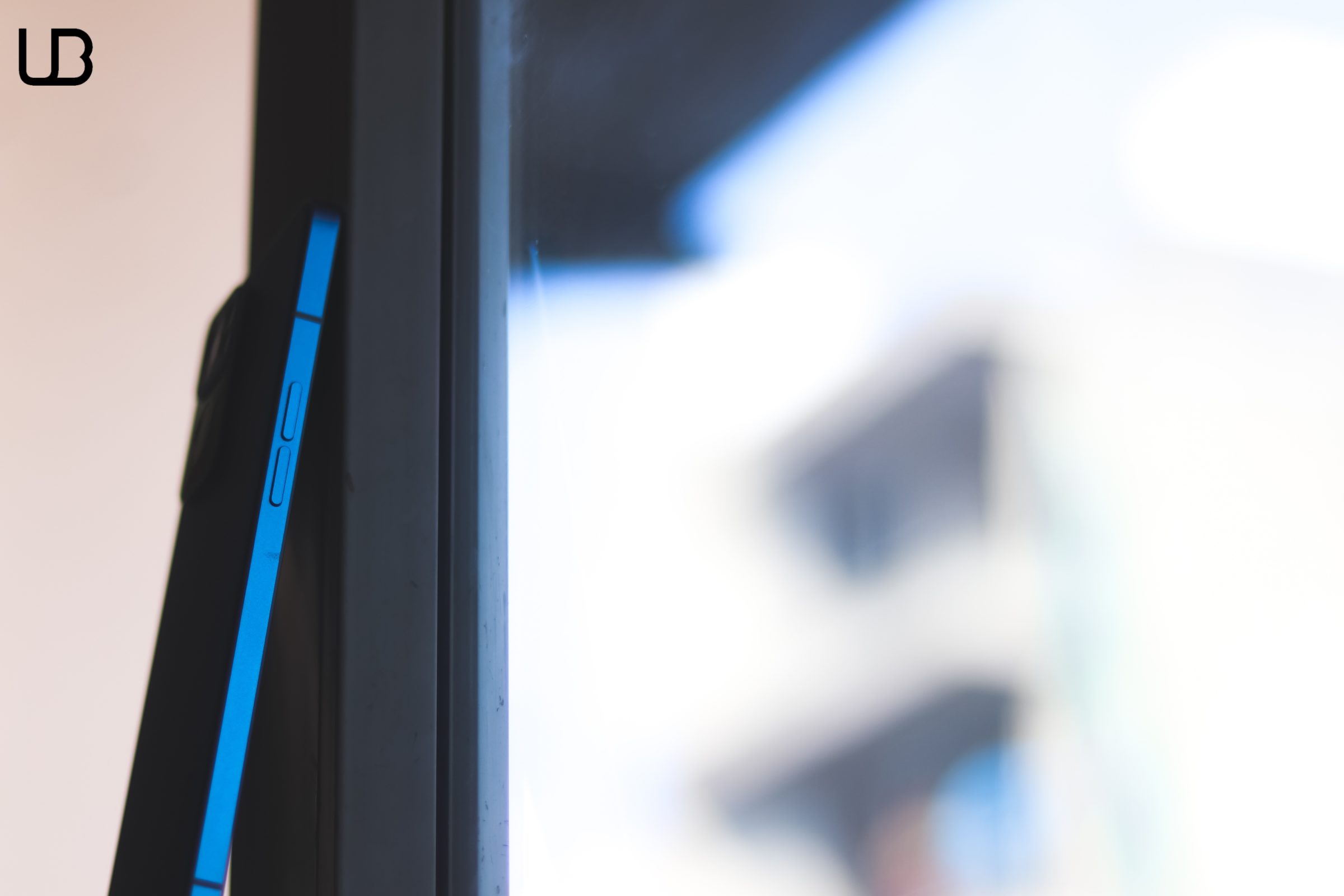
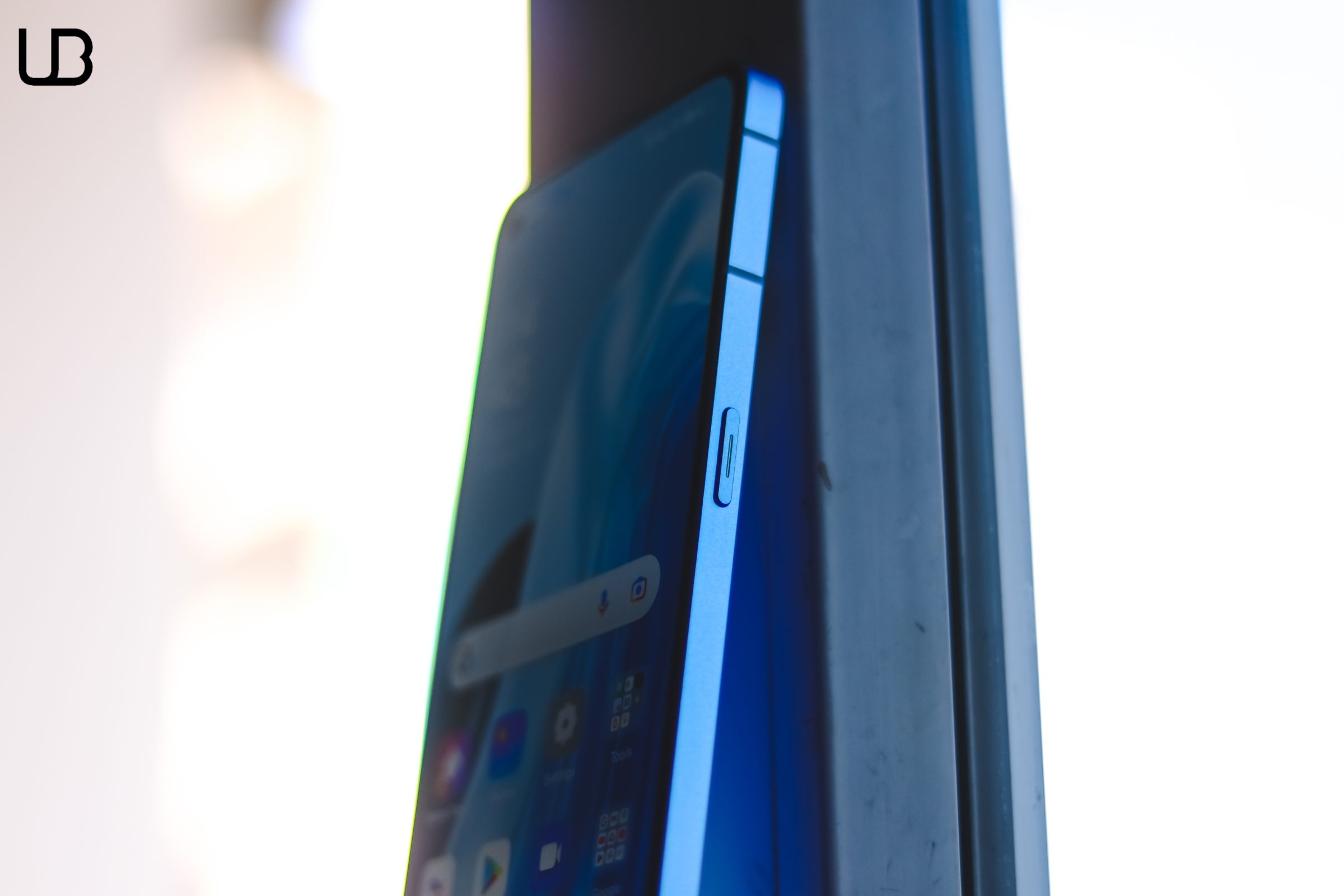
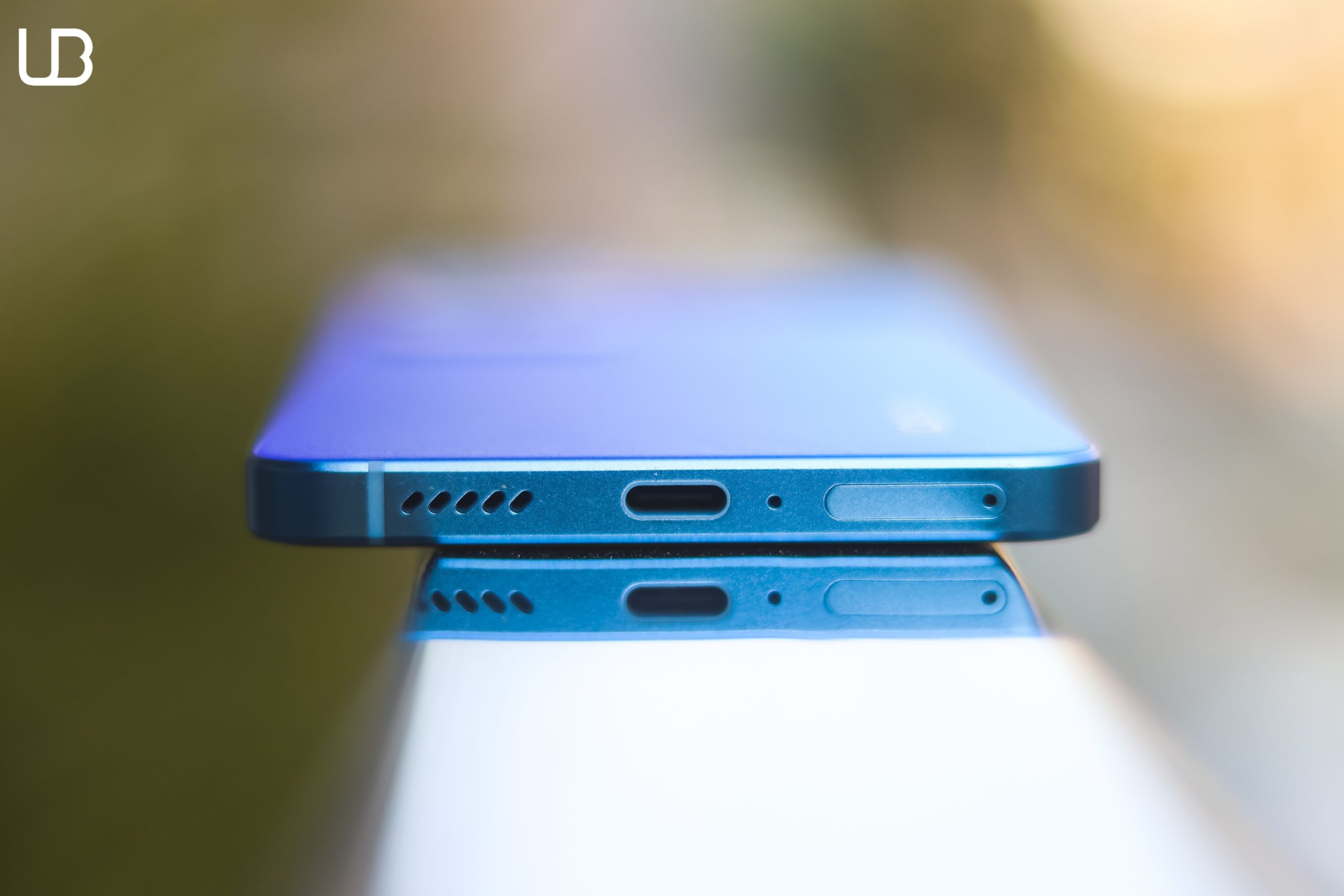
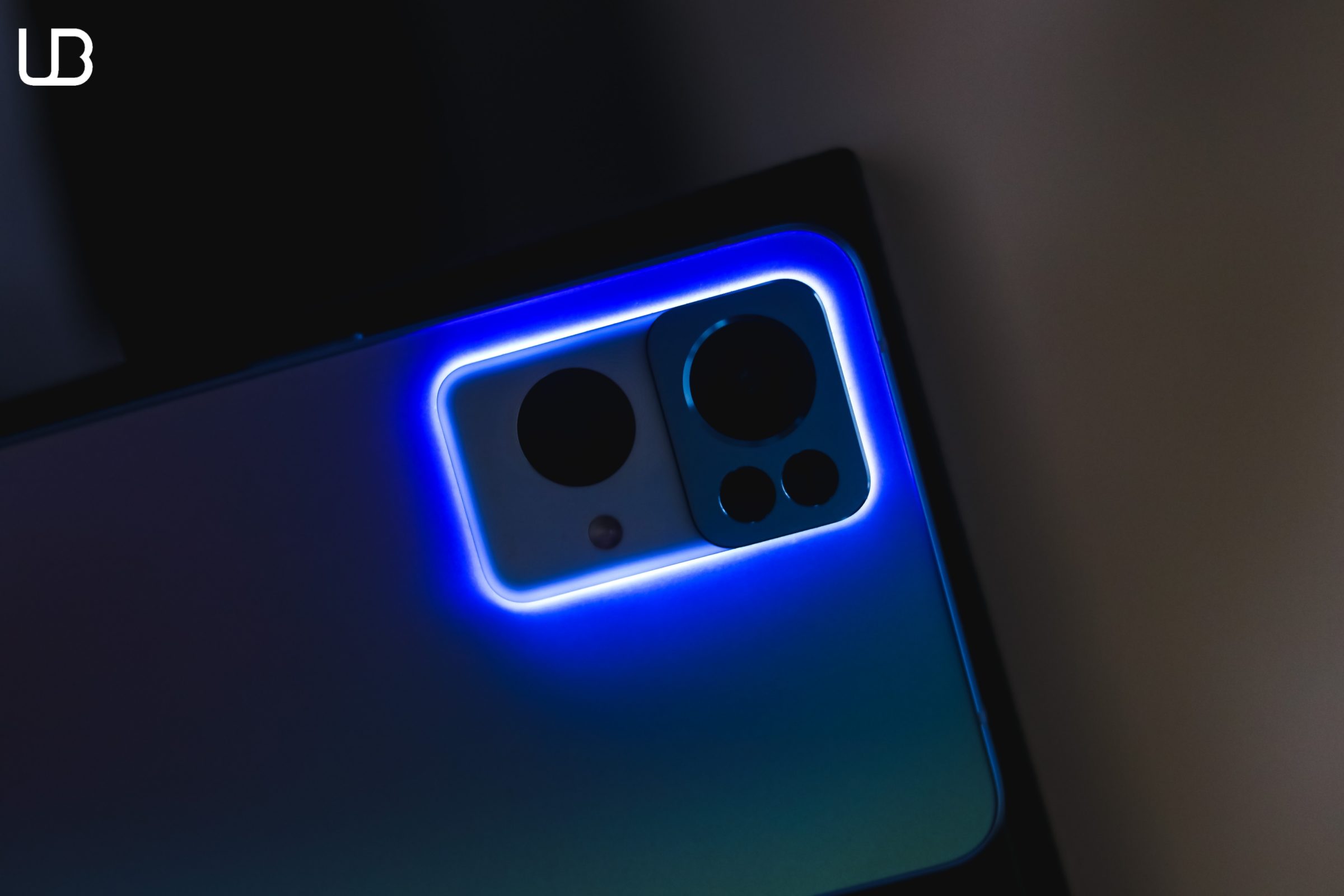
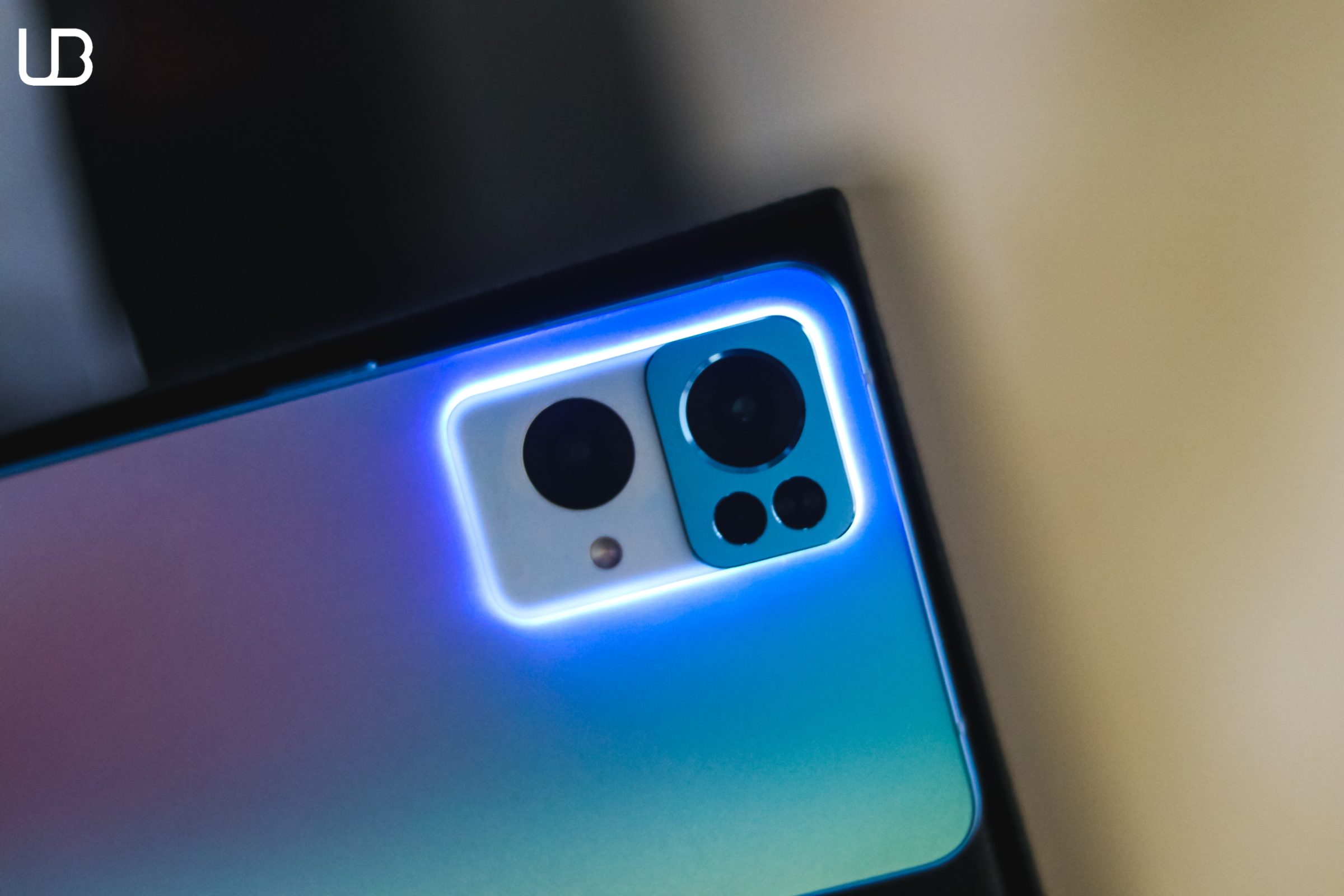
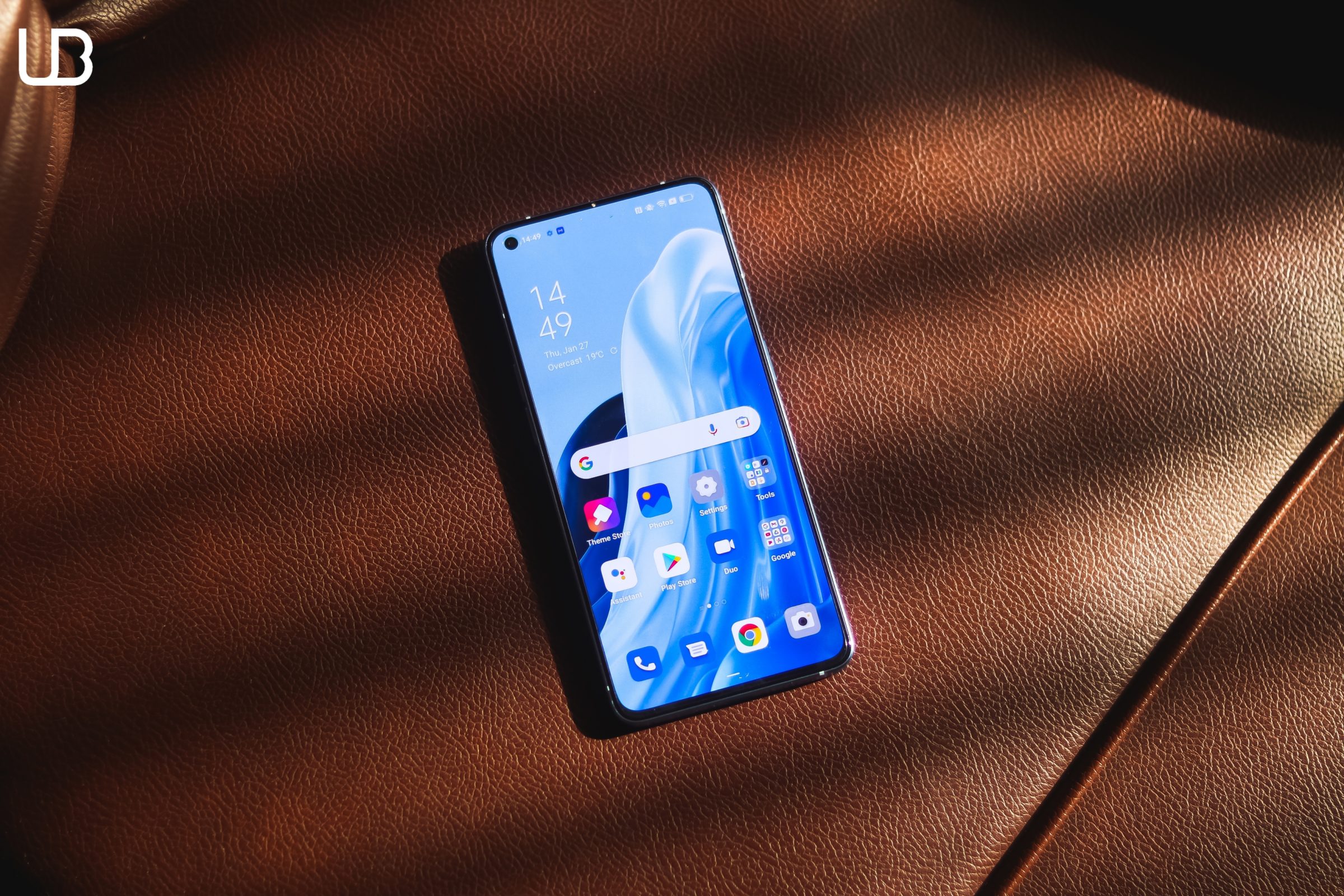
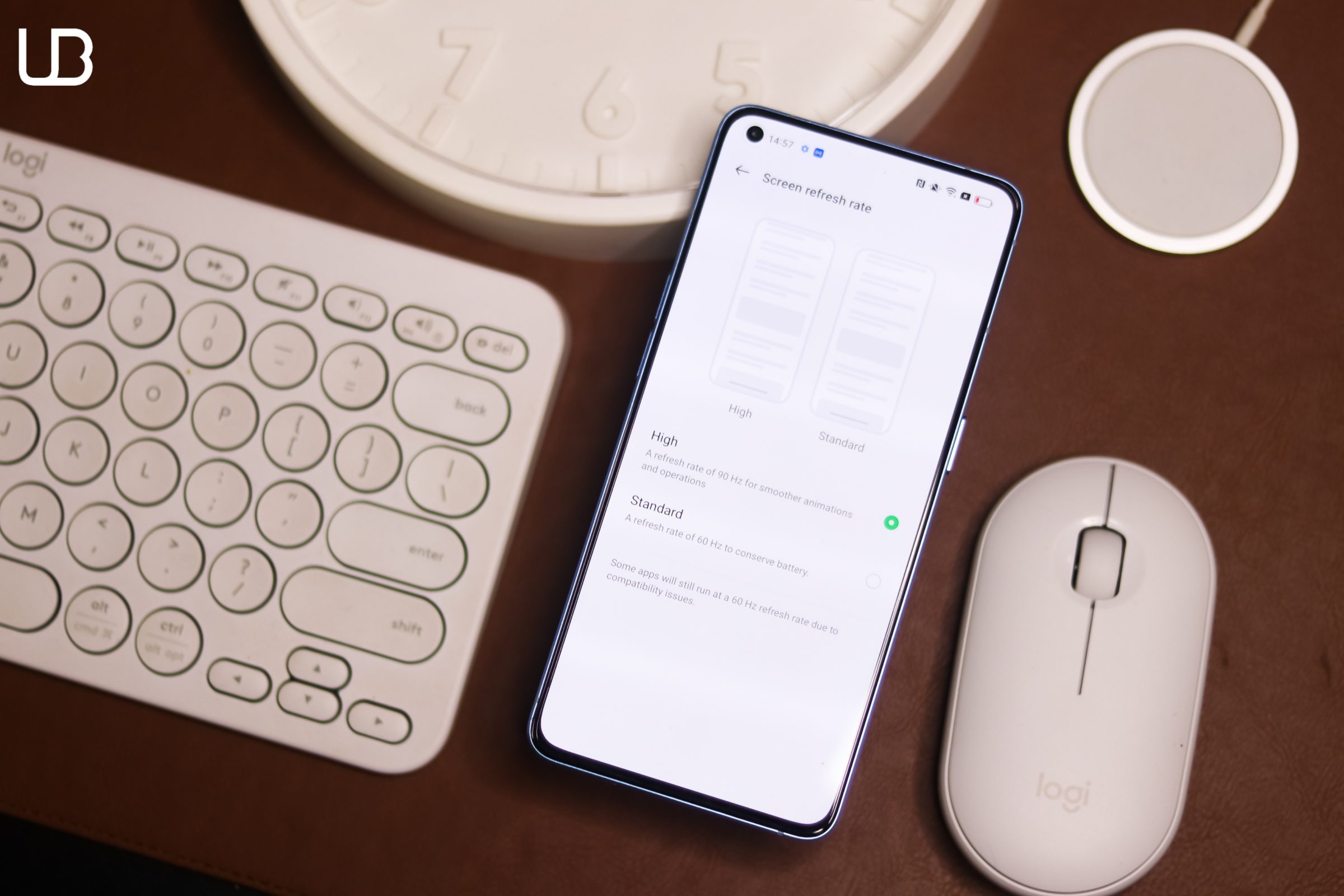
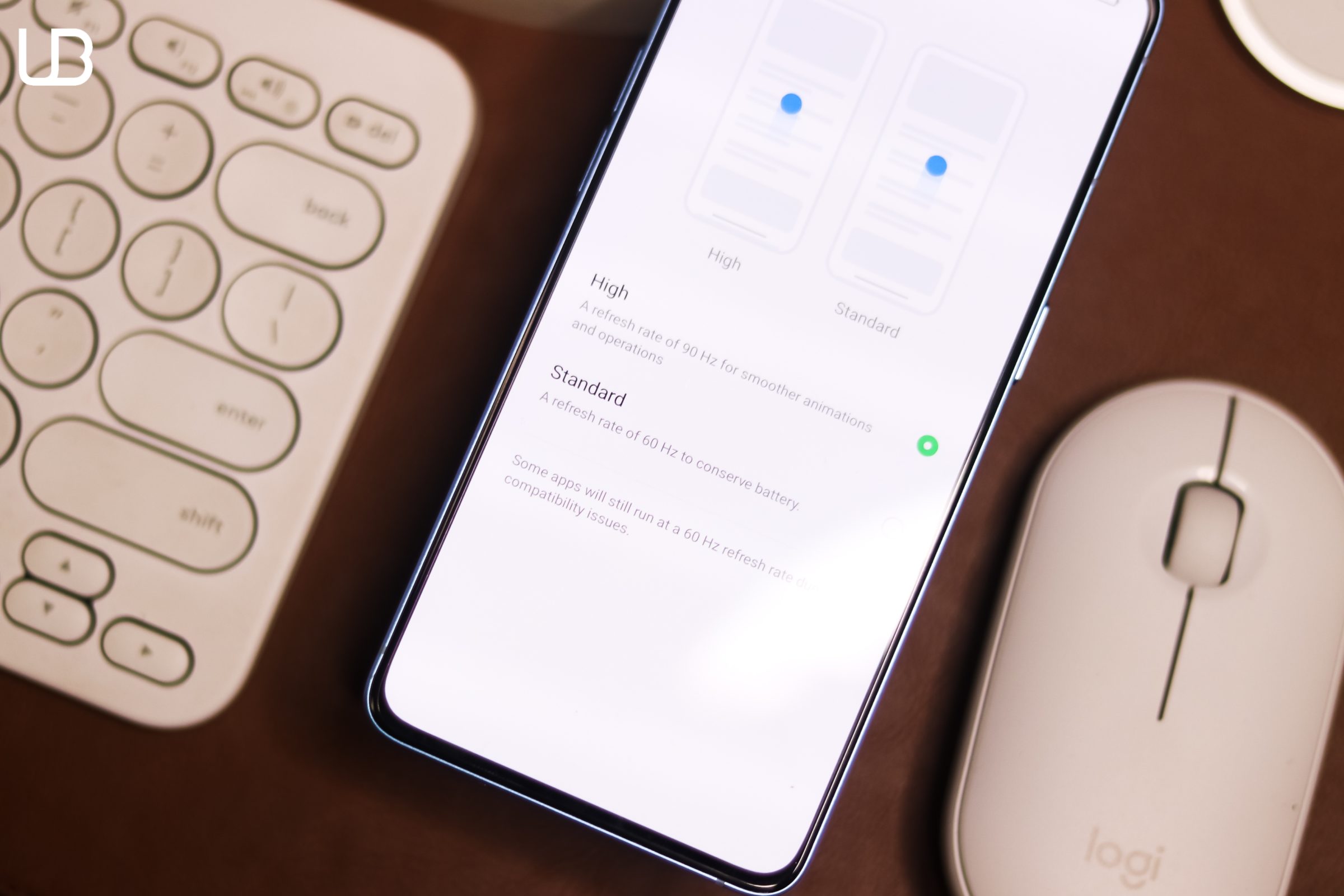
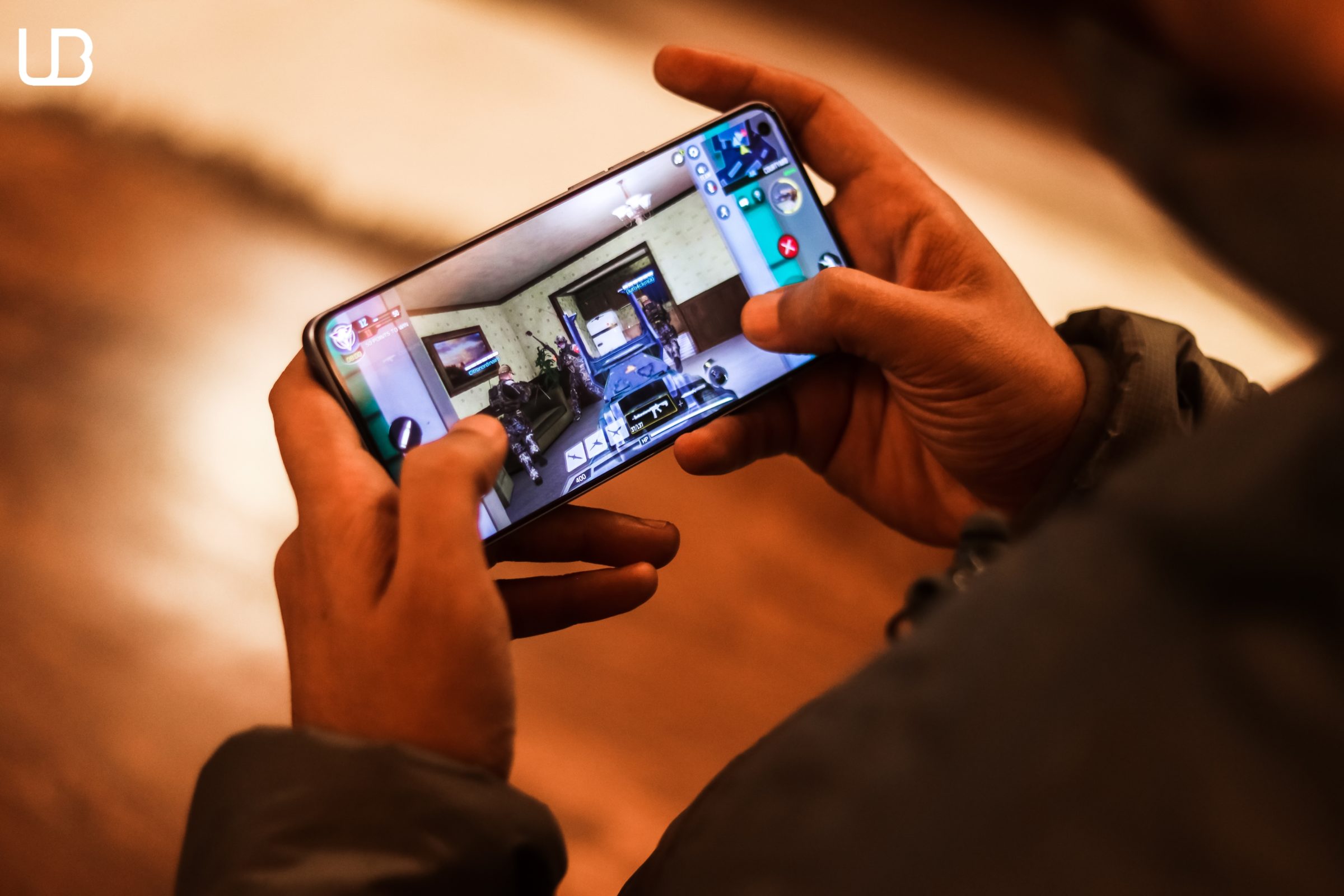

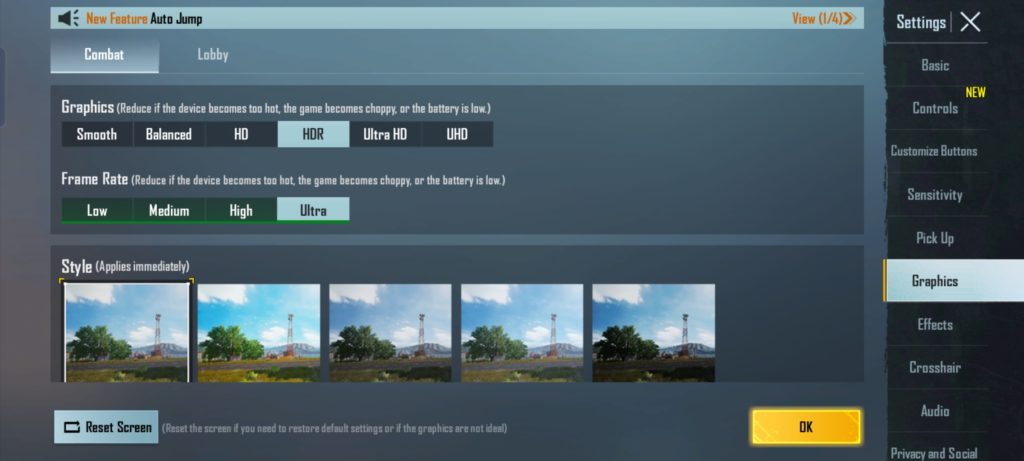
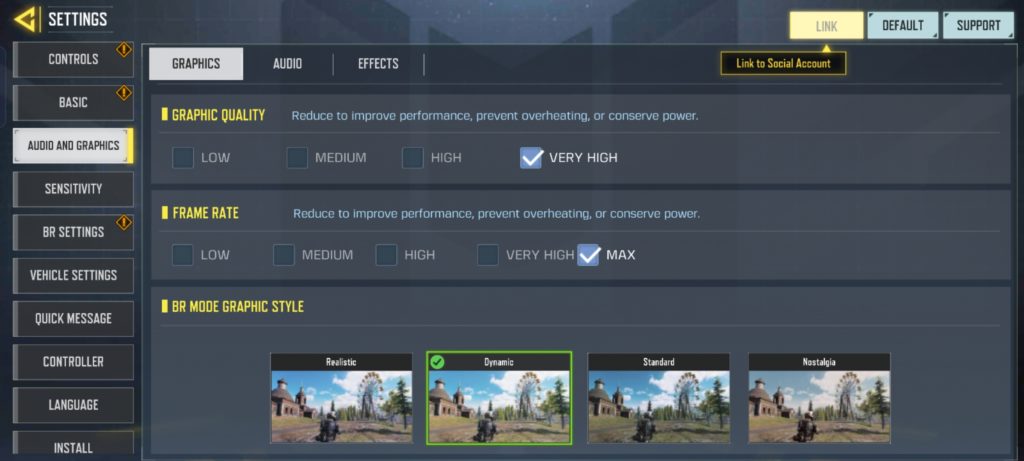
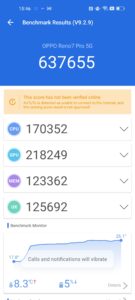

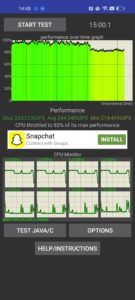
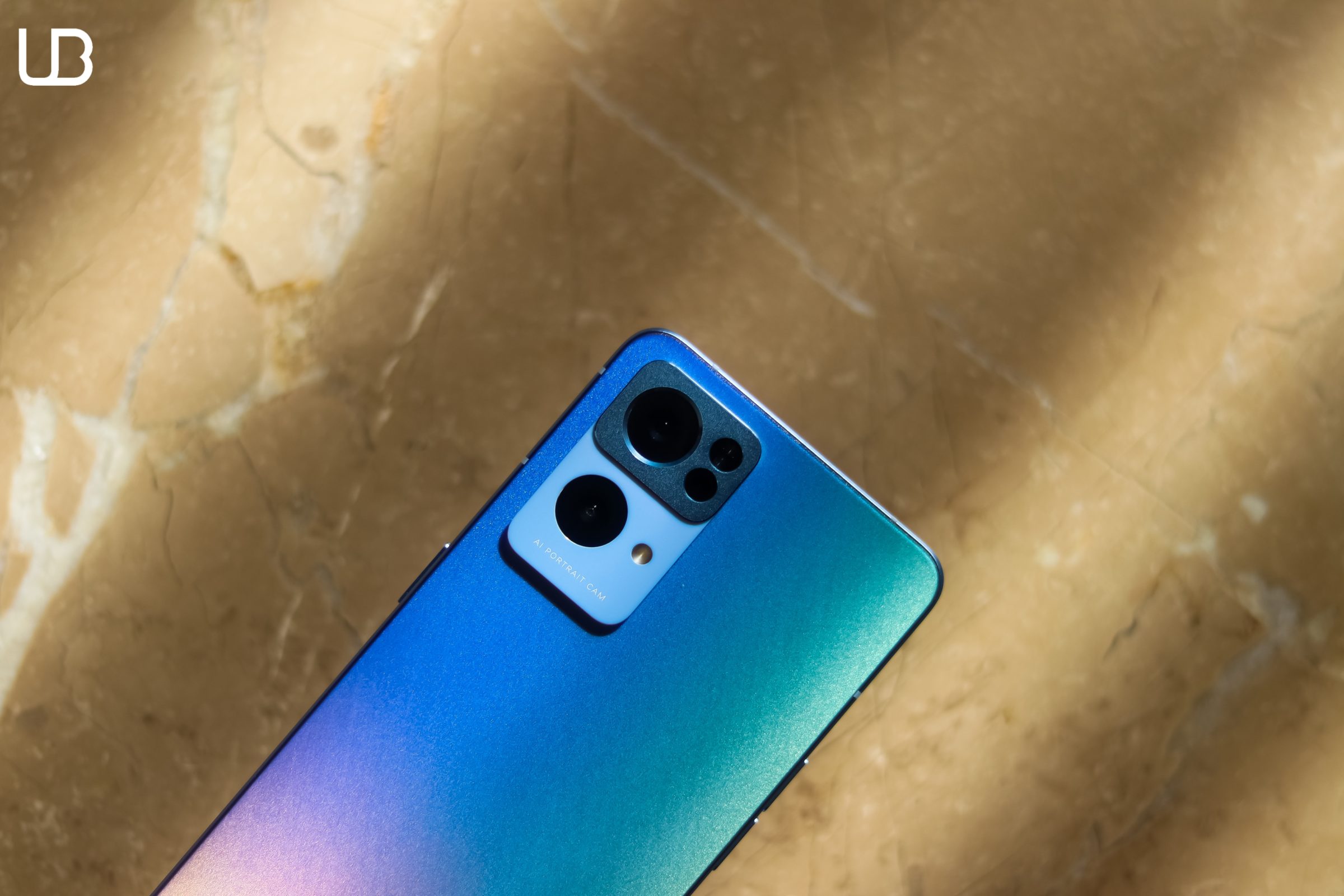
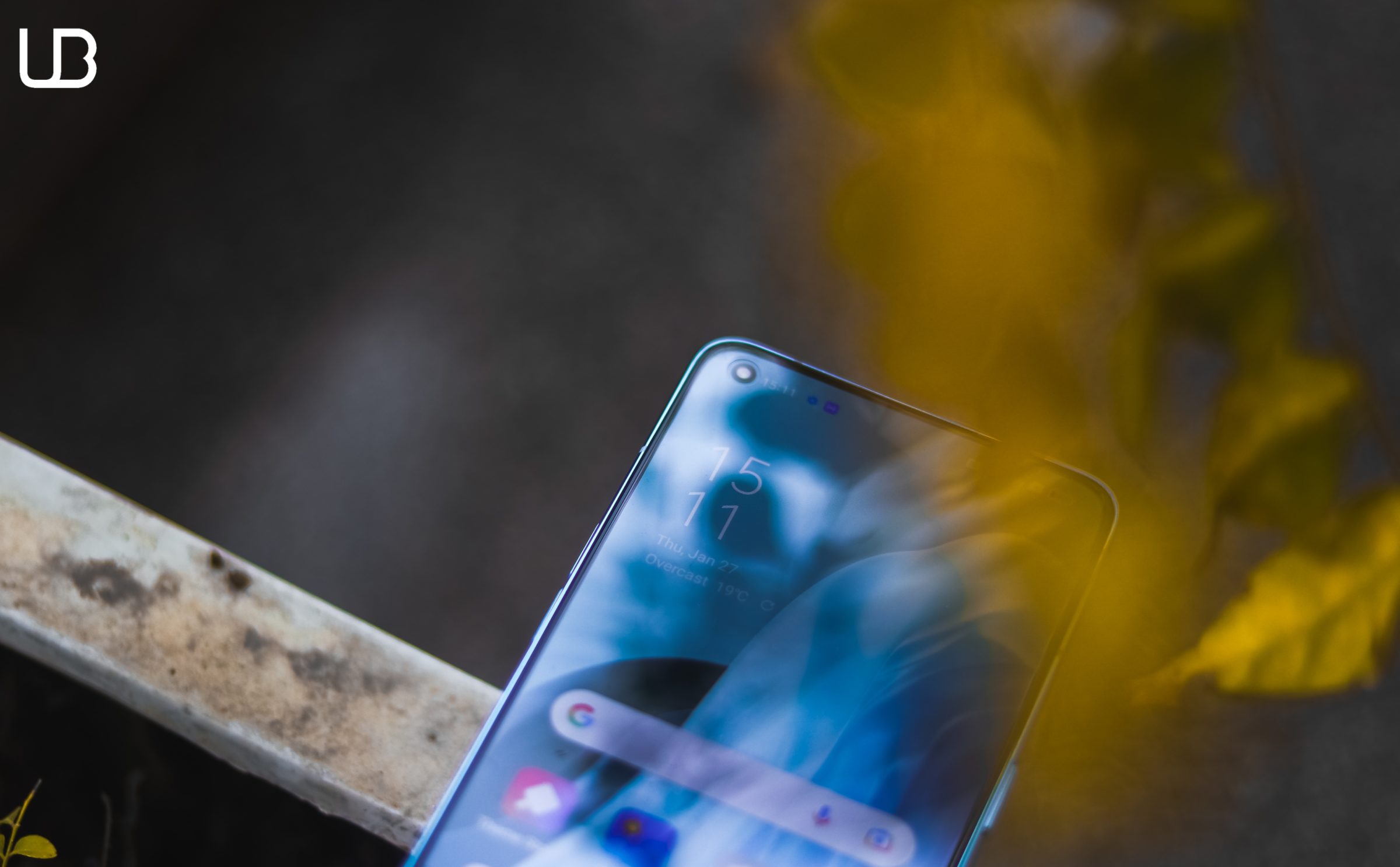


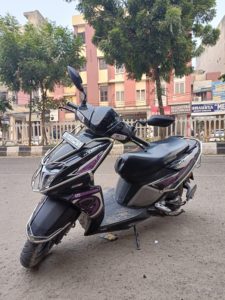


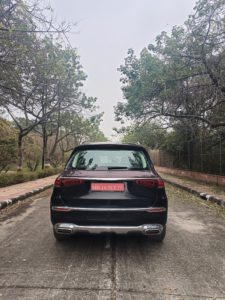
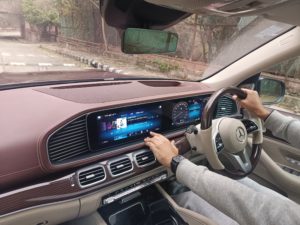


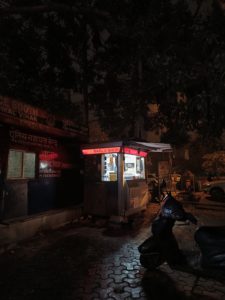


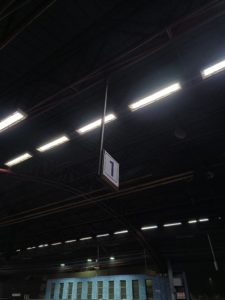





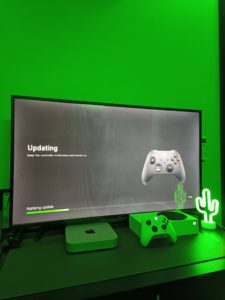





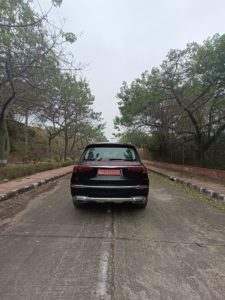




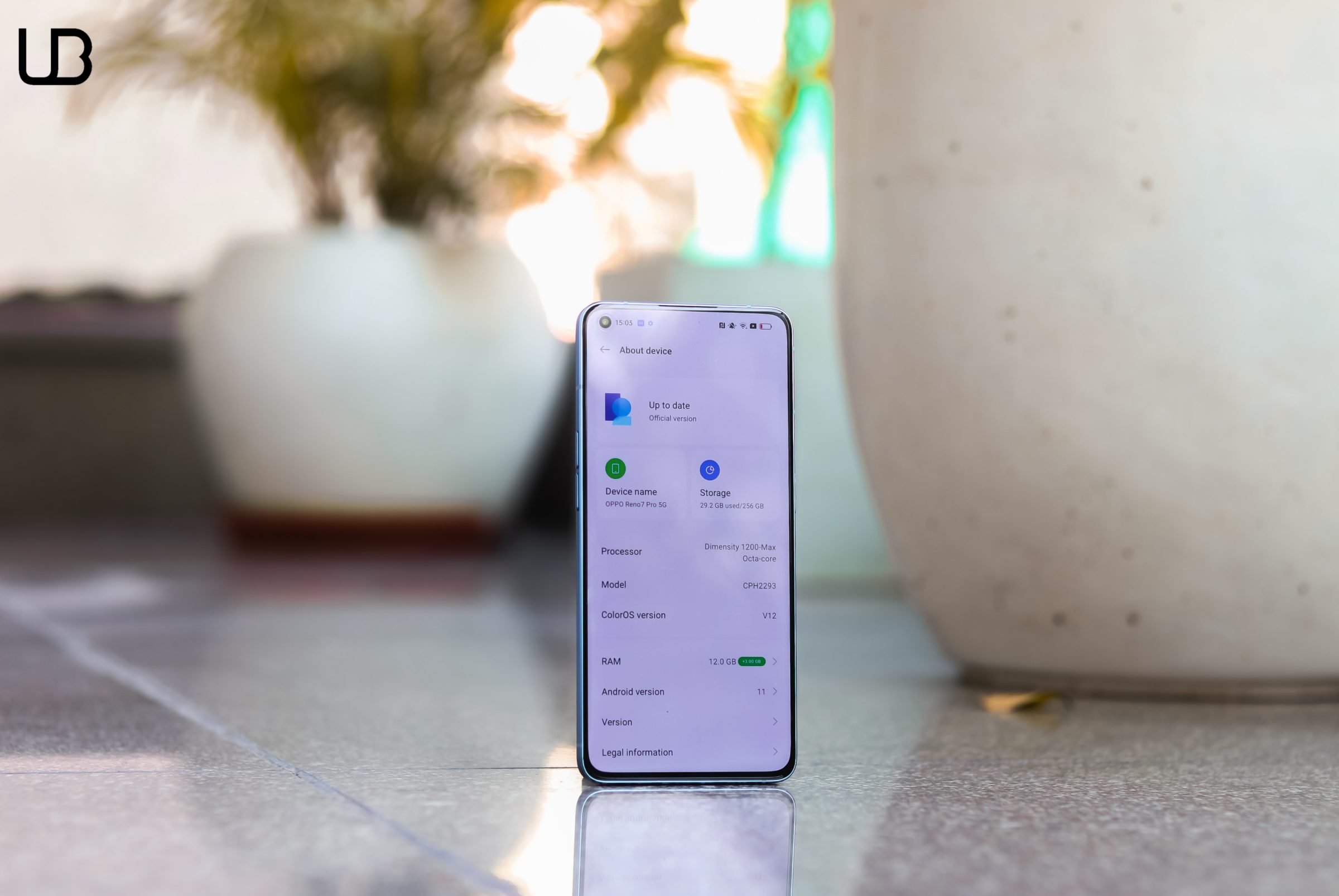
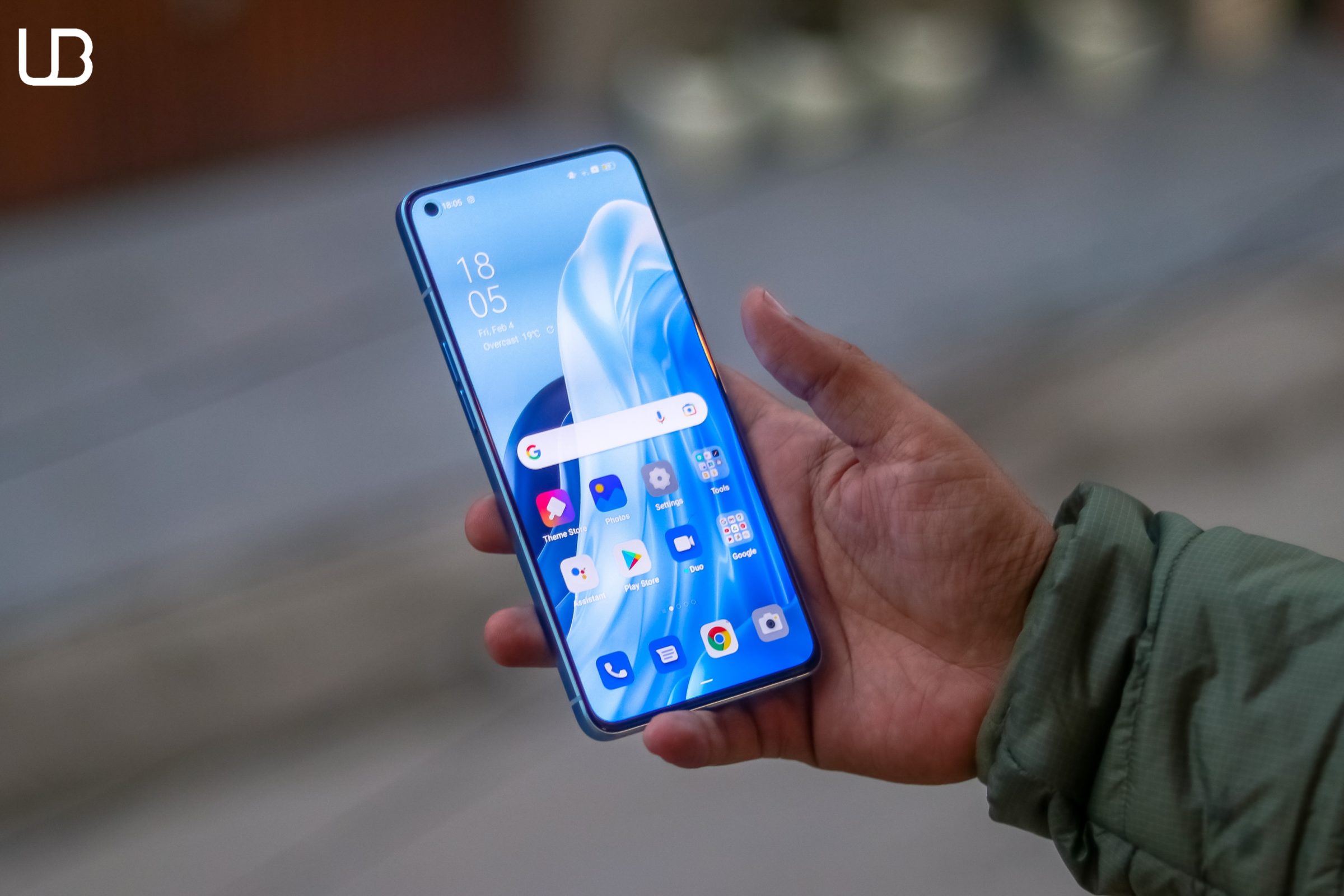
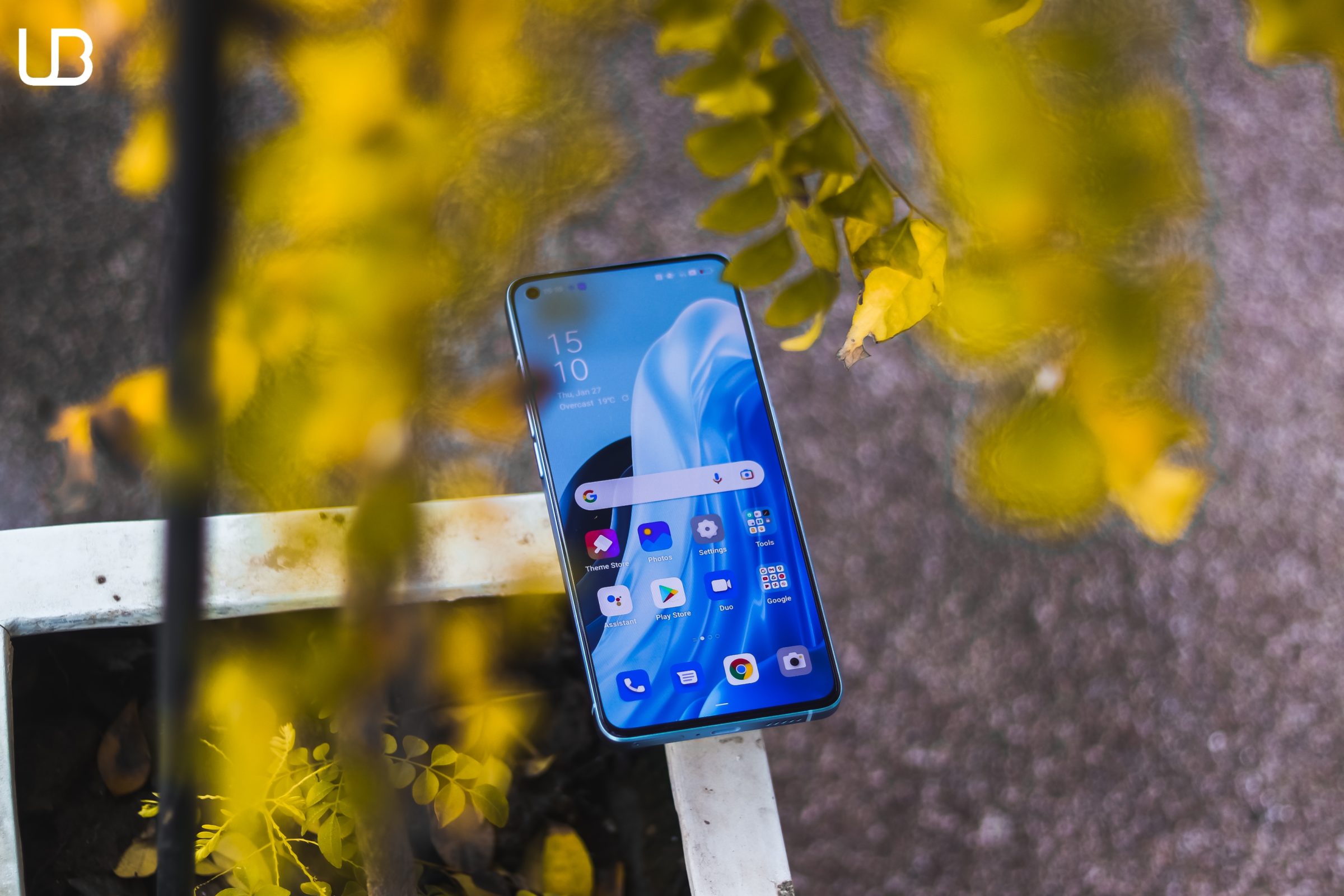
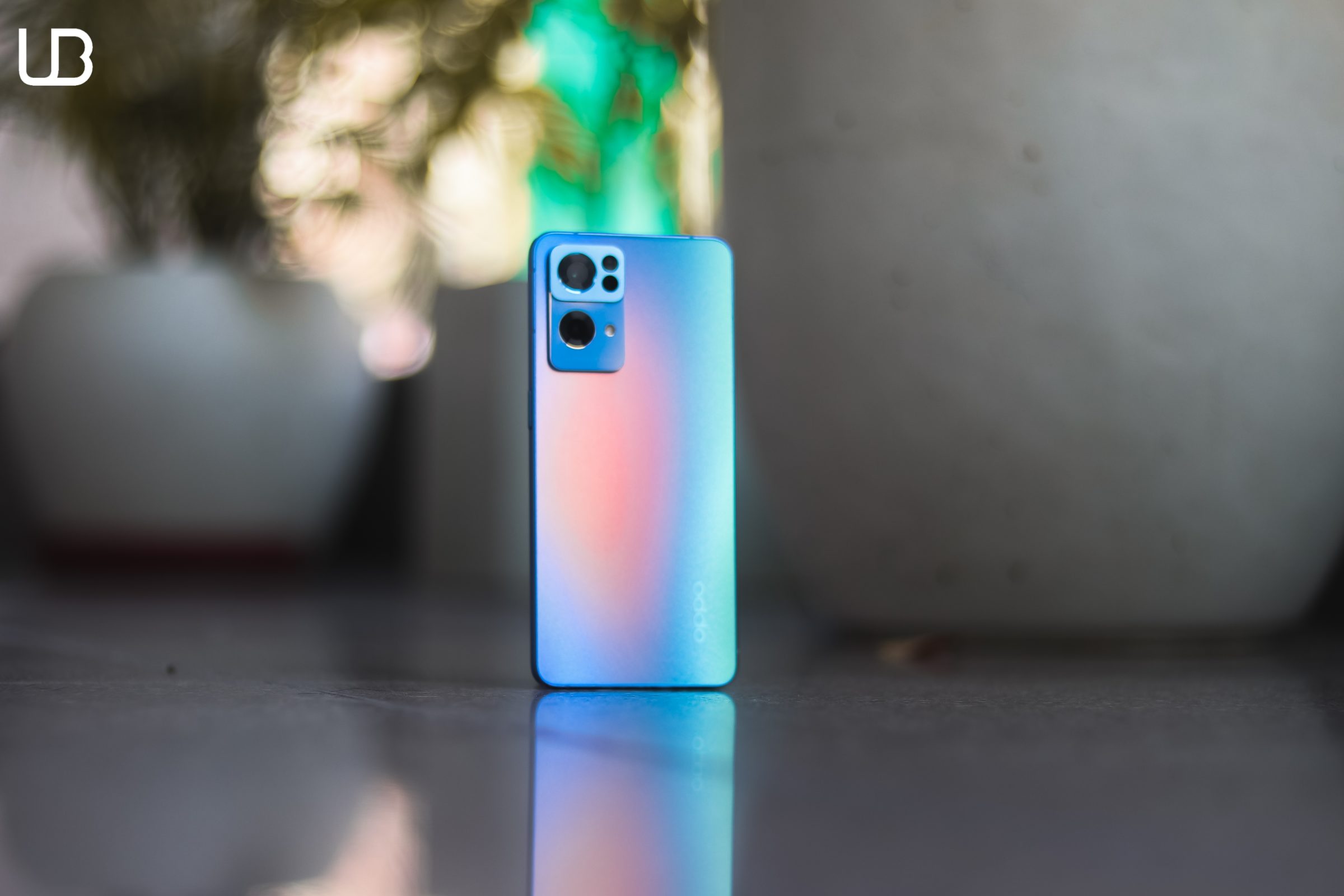











This smartphone will hit the market by storm since it has all the top specs including the 5g processor by mediatek.